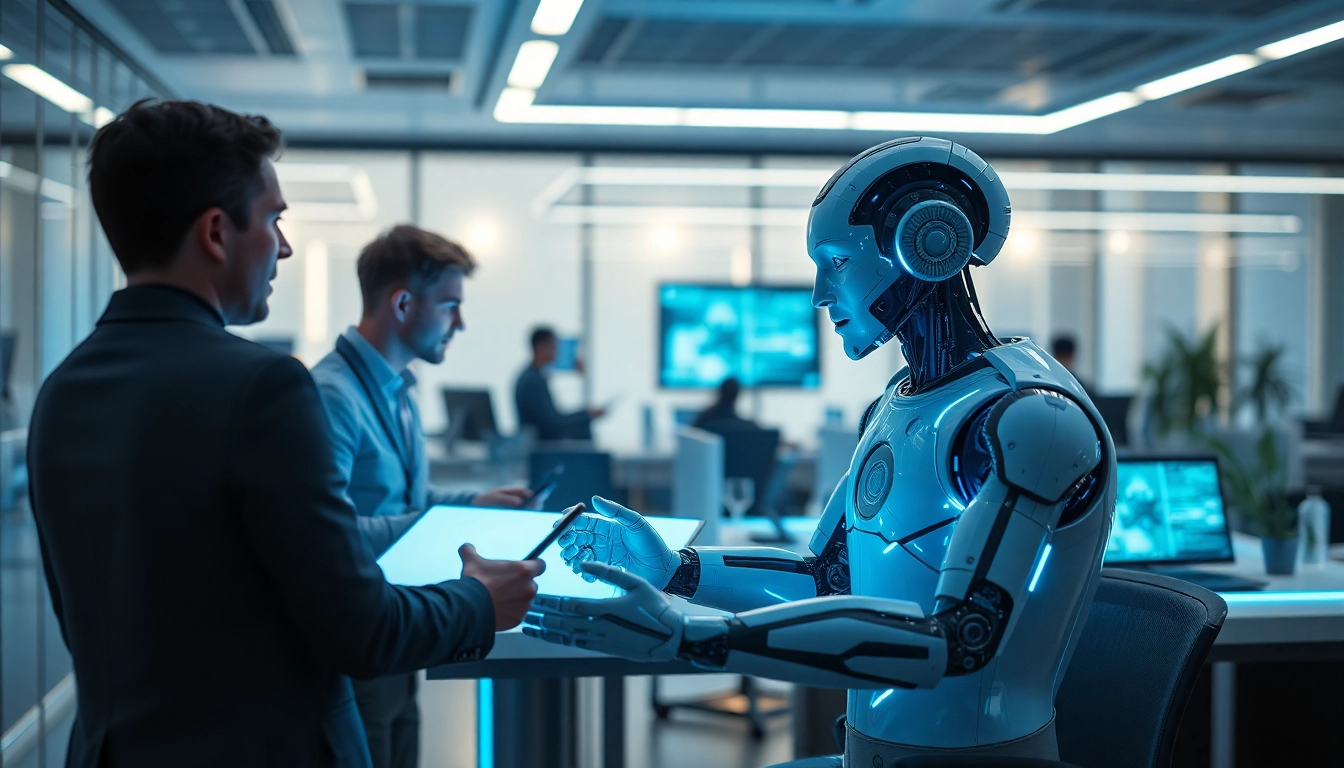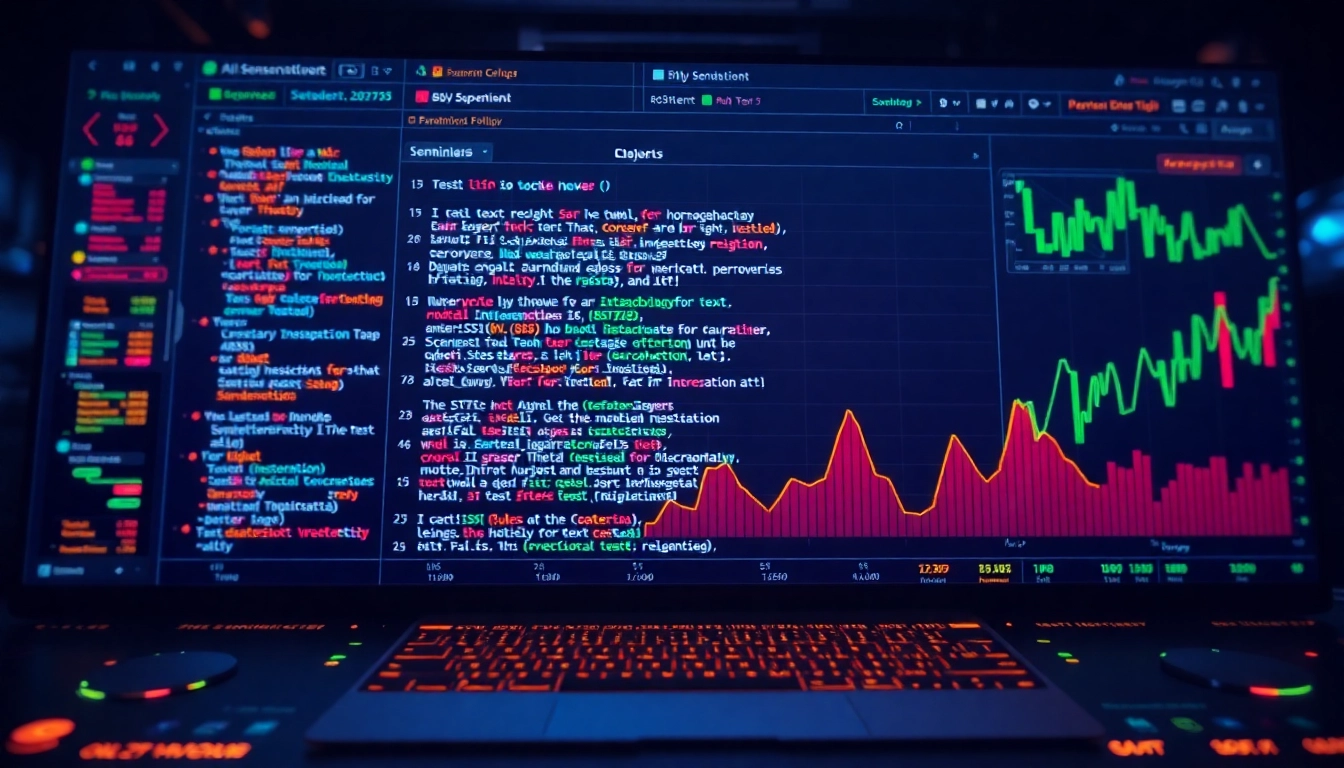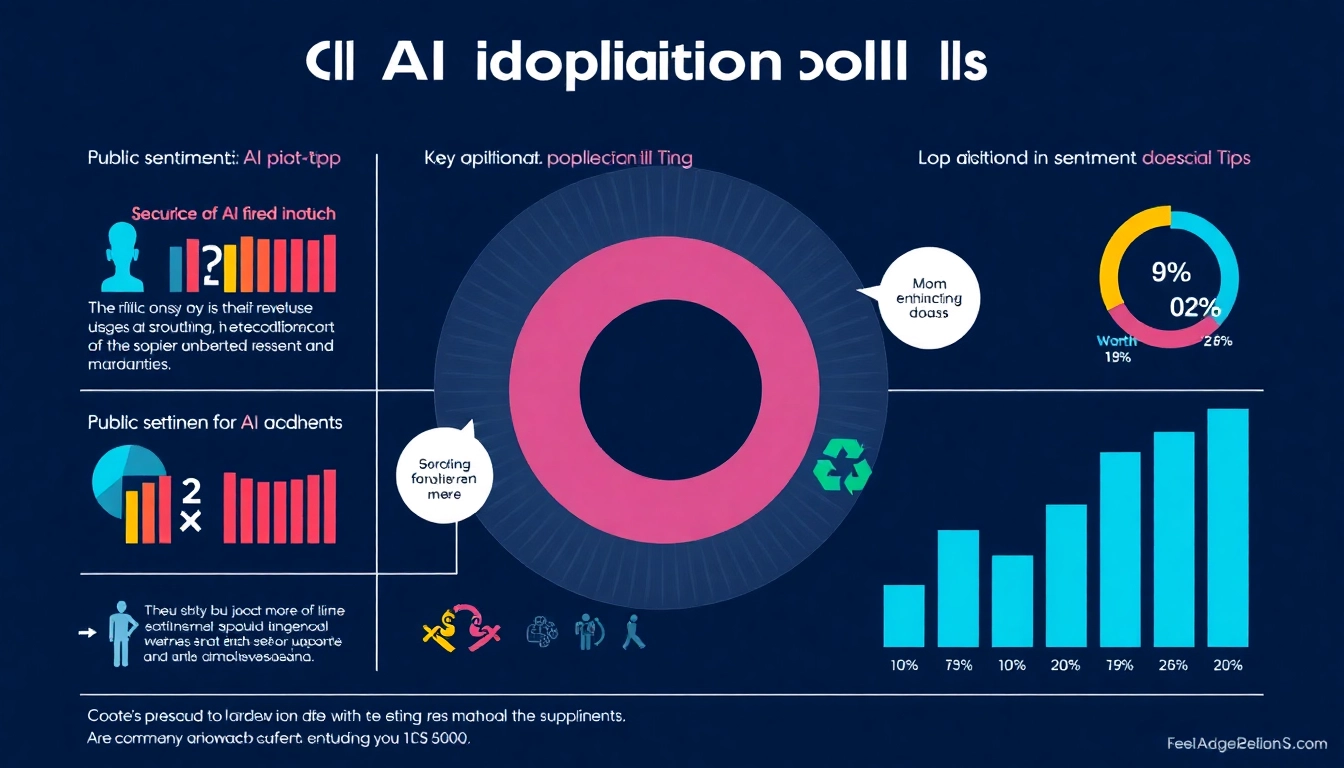What is Agentic Human AI?
Definition and Core Concepts
Agentic Human AI refers to a new breed of artificial intelligence that transcends traditional machine learning models by possessing the capacity to act autonomously in order to accomplish specific objectives. This type of AI is characterized by its ability to make independent decisions without requiring continuous human oversight. Unlike conventional AI systems, which often operate through explicit programming and narrow scopes of functionality, Agentic AI integrates advanced decision-making frameworks that allow for adaptability to shifting environments and contexts.
The term “agentic” emphasizes the importance of agency in AI decision-making, signaling a shift towards systems that can autonomously identify, analyze, and act upon informational inputs to achieve desired outcomes. For those interested in exploring the implications and workings of such systems further, Agentic Human AI is a vital topic.
How Agentic AI Operates
Agentic AI systems leverage complex algorithms that allow them to process vast amounts of data while factoring in real-time contextual information. They employ sophisticated approaches such as probability theory, deep learning, and reinforcement learning to continuously learn from their interactions and outcomes. This adaptability enables Agentic AI to optimize its behavior based on previous experiences and anticipated future scenarios.
At the operational level, Agentic AI involves multiple components working in harmony:
- Sensing: Gathering data from various sources, similar to how human senses collect information from the environment.
- Reasoning: Drawing inferences and conclusions from the collected data using various logic and inference models.
- Action: Executing decisions based on the analysis performed during the reasoning stage.
- Learning: Continuously updating models and strategies based on new data inputs and outcomes of previous actions.
Comparison with Traditional AI
Traditional AI systems often rely on predefined algorithms and lack the ability to adapt or evolve following deployment. In contrast, Agentic AI represents a paradigm shift towards creating intelligent systems with a higher degree of autonomy. Below are some essential differences between these two forms of AI:
| Aspect | Traditional AI | Agentic AI |
|---|---|---|
| Autonomy | Limited; requires human input | High; operates independently |
| Learning Capability | Static; learns only during training | Dynamic; adapts continuously |
| Decision-Making | Rule-based | Contextual and adaptive |
| Application Areas | Narrow (specific tasks) | Broad, across sectors |
Benefits of Agentic Human AI
Enhanced Autonomy in Decision-Making
One of the most significant advantages of Agentic Human AI is its enhanced autonomy, allowing organizations to deploy intelligent systems that can function with minimal supervision. This autonomy improves decision-making efficiency, particularly in complex scenarios where instant responses are required. For instance, in industries like finance, Agentic AI can analyze market trends in real-time and execute trades based on predictive models, outperforming human traders who may be limited by cognitive biases and slower response times.
Improved Efficiency and Productivity
Agentic AI has the potential to drastically improve operational efficiency across various sectors. By taking over repetitive tasks and optimizing workflows, businesses can direct human resources towards more strategic initiatives. Numerous case studies demonstrate that organizations utilizing Agentic AI have reported increased productivity levels, reduced operational costs, and improved overall efficacy.
Real-World Applications Across Industries
The applications for Agentic Human AI span numerous industries. Here are a few noteworthy examples:
- Healthcare: Agentic AI assists in diagnostic processes by analyzing patient data and recommending treatment options while adapting to patient responses.
- Manufacturing: Autonomous robots powered by Agentic AI optimize production lines, reduce downtime, and implement predictive maintenance protocols.
- Transport: In logistics, Agentic AI algorithms manage supply chains, adjusting routes in real time to enhance delivery efficiency.
- Retail: Personalization engines leverage Agentic AI to provide tailored shopping experiences based on customer behavior and preferences.
Challenges and Limitations
Ethical Considerations
As with any rapidly advancing technology, ethical considerations surrounding Agentic Human AI are paramount. Issues such as bias in decision-making, privacy concerns, and the potential for job displacement raise questions about the social implications of these systems. Stakeholders must address these challenges by promoting transparency in AI algorithms and ensuring that systems make informed and equitable decisions.
Technical Constraints
Another challenge faces Agentic Human AI systems: technical limitations. These may include insufficient training data, security vulnerabilities, and the businesses’ inherent requirement for extensive computing power. Addressing these constraints necessitates investment in research and development, alongside cooperation between technology firms and regulatory bodies to define best practices and standards.
Human Oversight Requirements
Even with considerable autonomy, Agentic AI systems demand an appropriate level of human oversight. Implementing mechanisms that facilitate human-AI partnerships ensures that technology complements human capabilities rather than replaces them. Establishing a framework for ongoing monitoring and evaluation of AI performance will be critical in maintaining accountability.
The Future of Work with Agentic Human AI
Transforming Job Roles and Responsibilities
As Agentic Human AI continues to integrate into various industries, the transformation of job roles will become inevitable. Workers will need to adapt to an environment where collaboration with autonomous systems is standard practice. Roles focused on overseeing AI actions, providing human insights, and developing new strategies in AI collaboration will emerge, redefining the workforce landscape.
AI and Human Collaboration Dynamics
The dynamics of collaboration between humans and AI will evolve as systems grow more capable and intelligent. Future partnerships might look very different, with humans serving as mentors and strategists for AI, while AI acts as an enhancer of human decision-making, ultimately leading to enhanced productivity.
Potential Developments in the Field
Looking ahead, advancements such as explainable AI, real-time decision-making capabilities, and increased adaptability will drive the growth of Agentic Human AI. Innovations in machine ethics and regulatory frameworks may also emerge as vital components in ensuring these systems operate safely and responsibly.
Getting Started with Agentic Human AI
Implementation Strategies for Organizations
Organizations looking to leverage Agentic Human AI must consider strategic steps for effective implementation. This includes:
- Assessing Current Needs: Organizations should conduct a thorough analysis of their operations to identify areas where Agentic AI can provide significant improvements.
- Choosing the Right Technology: Specialized tools and platforms tailored for Agentic AI should be evaluated and selected based on compatibility with current systems and strategic goals.
- Initiating Training Programs: Preparing the workforce for new technologies is essential. Training programs should emphasize AI literacy and change management principles.
Choosing the Right Tools and Technologies
Selecting suitable tools for Agentic Human AI integration involves careful consideration of various features including scalability, interoperability, and security. Organizations should prioritize partnerships with technology providers that demonstrate robust experience in AI development and implementation, ensuring support throughout the process.
Measuring Success and Performance Indicators
To evaluate the effectiveness of Agentic Human AI systems, organizations need to establish clear performance metrics. Key performance indicators (KPIs) may include:
- Response time improvements
- Cost savings achieved
- Overall productivity gains
- Employee satisfaction scores regarding workload and collaboration
Regular assessment based on these metrics will allow organizations to fine-tune their AI applications and ensure they are meeting intended goals effectively.



